Microbrands vs. Independent Watchmakers: The Rise of (Relatively Affordable) Microbrands
by Raman Kalra
Raman Kalra is the founder of The Watch Muse blog and has kindly agreed to share some of his articles with us here on Quill & Pad.
___________________________
In recent years, several factors have come together resulting in the exponential rise of microbrand watches. This new microbrand wave is one of the biggest developments in the broader watch market. I would mention here that not all microbrands are equal.
There are many watches out there that, to be honest, are not worth your time. However, some microbrands are getting it right. Even if this is a small proportion, they are giving consumers more choices than ever by creating a new wave of competition for the established names that they have not faced before
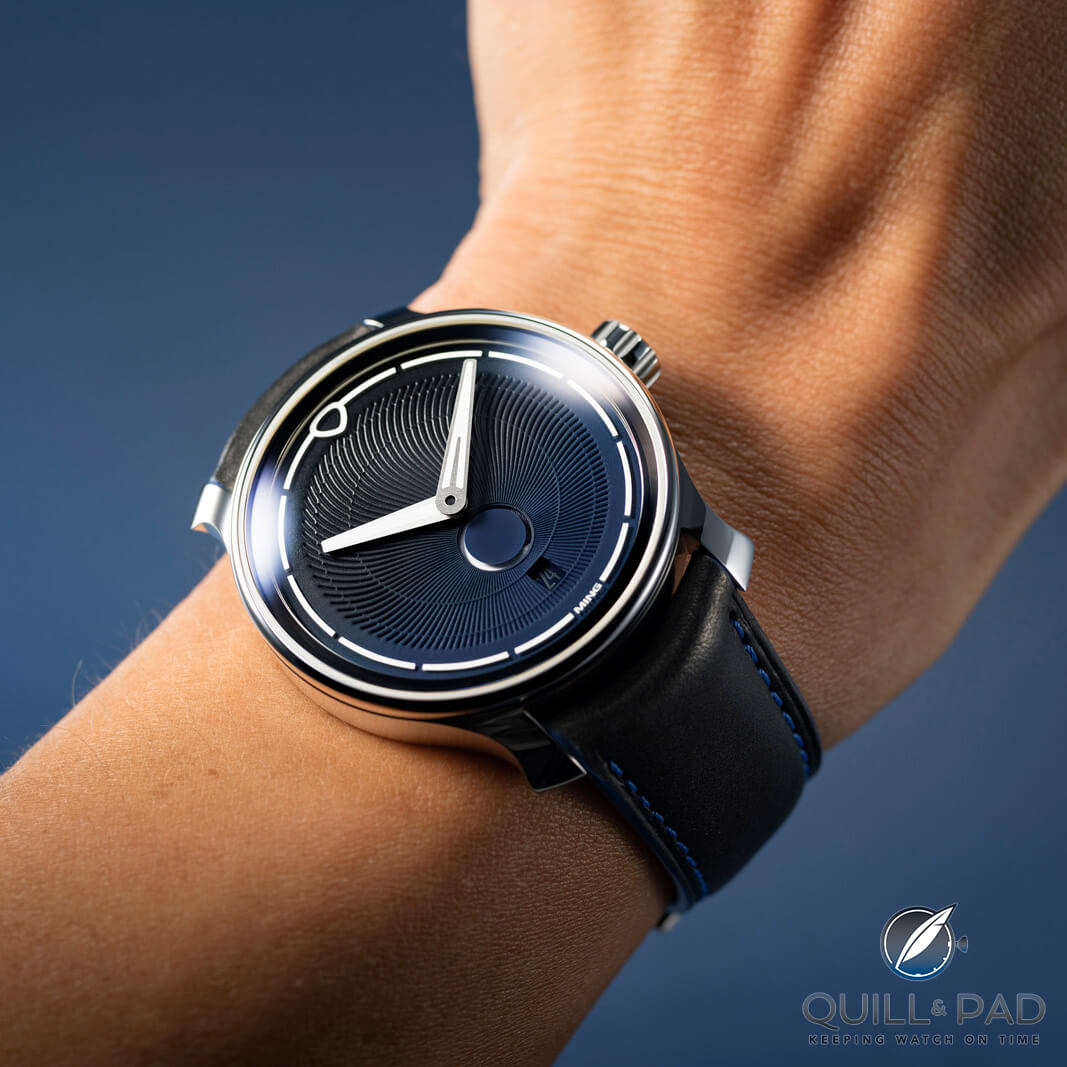
Ming 37.05 Moonphase on the wrist
That said, small manufacturers are nothing new and historically have been referred to as independent watchmakers, producing only very high-end watches.
So what makes a brand a microbrand rather than an independent? What do you get by buying into a microbrand? When does a microbrand become known as an independent? Before starting this post, I want to mention that I am using the term “microbrand” positively.
Some don’t like the use of this term as it implies that it is not established. This could be the case in other product categories, but my personal belief is that for watch brands the term has become somewhat cool.
In some cases (again not all watches from microbrands are made equal), it makes me think of disruptors, those that can push boundaries in terms of design and offer value for money. This is how I read “microbrand” and what I refer to through this post.
Microbrand vs. Independent Watchmaker Definition
To start, we must consider how to define ‘microbrand’ and ‘independent watchmaker’. You would think this is an easy task given how much both terms are used widely in the media, but it isn’t. I have already mentioned above that I view the term positively, but what does it mean objectively? Given there is no formal definition and having read several different views, this is what I understand of them.
A microbrand is an independently owned watch brand that creates a product design and narrative and does the majority of distribution. However, they do not have the resources to produce a watch internally. They use external suppliers to produce the product, even if some final finishing is done in-house.
The number of watches that are produced per year tends to be more limited. This is to ensure financial stability by maintaining a positive cash flow but also reflects that demand tends to be lower as brand awareness might not be as broad as some of the larger brands.
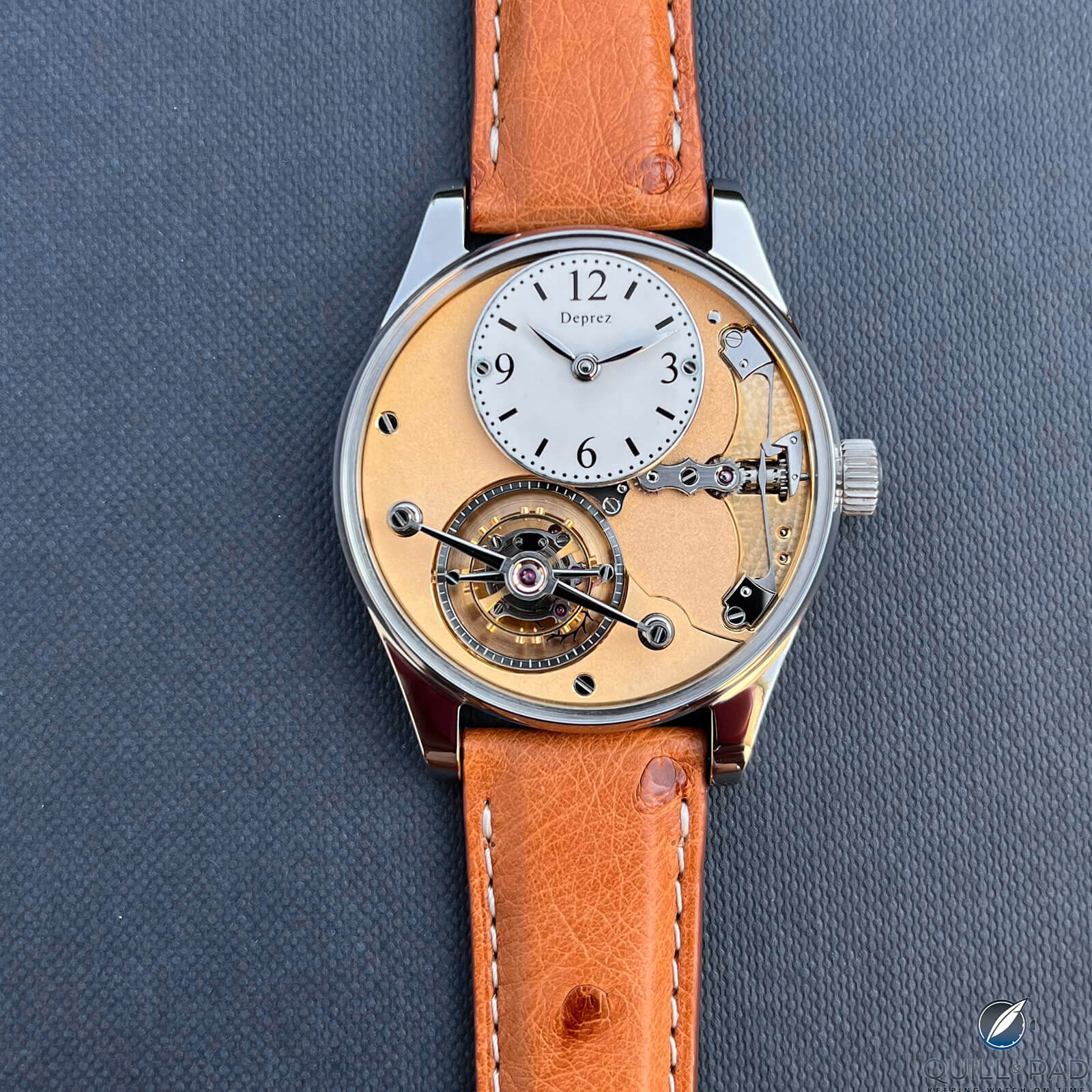
Vincent Deprez Tourbillon Classique Souscription Edition
Independent watchmakers, on the other hand, have the resources to produce their products fully in-house. Resources in this case relate to both financial resources as well as machinery and personnel expertise. They are like microbrands in that they are privately owned and produce limited numbers.
However, the quantity made is not necessarily constrained by finances or demand, rather they do not have the manufacturing capabilities to produce more. Because of all these factors, watches from these brands tend to be at higher price points. Now that we know what each of these terms refers to, we can consider them in more depth.
———————————————————————————————-
———————————————————————————————-
The Rise of Microbrands
You may not remember when you first heard the term microbrand being used, but I can assure you that chances are it was in the last five to seven years. The rise of microbrands resulted from of a few different factors all happening at once. These factors are the growth of social media, broader consumer interest in watches and easily accessible funding.
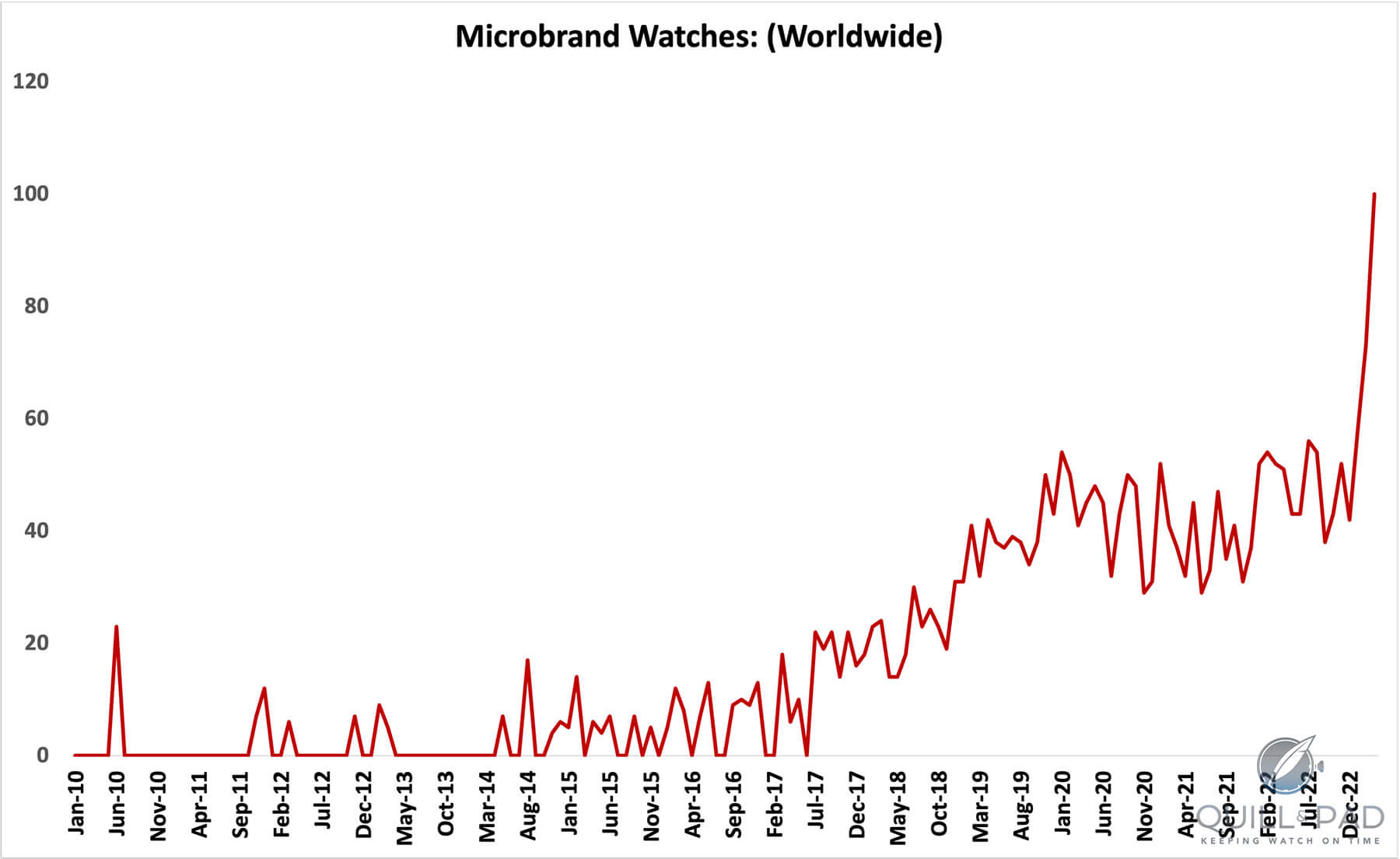
Microbrand search results
The first two factors somewhat go hand in hand. It is no secret that people who are now actively interested in watches is higher than ever. With platforms such as Instagram and Youtube playing a large part, watches are now more accessible to a wider audience. Previously, it relied on those who were interested in this world going out of their way to understand more about a watch or brand. This could have been done by visiting sites like the early Hodinkee and before this, watch forums such as Watchuseek, or just visiting your local boutique every so often.
Now, there is a constant stream of new content on different platforms, which has given consumers more knowledge on what is out there and has generated more excitement and anticipation for new releases. Further to this, there has been an uptick in watches as items of social status. This was always an aspect of luxury watches, but it has never been more prevalent.
Finally, watches have caught the attention of those who view them as a separate asset class. This has been helped by the exponential rise of secondary market prices for some pieces, but this has led to a further category of consumers looking into watches more closely. As a result of all this interest, there is a demand for unique products; a demand for products that may resemble some vintage pieces that are otherwise unobtainable. This is where microbrands enter and can offer just this.
This leads to the next factor, which is the growth of social media. Social media allows for a very broad audience to be reached relatively easily. A brand just starting does not necessarily have a large marketing budget. Being able to reach a wide global audience with ease and the only expense attached being the time of content creation has meant brands can get off the ground with lower costs. It gives microbrands a means to create a platform to start from, regardless of which social media channel they use.
The final factor leading to the rise of microbrands is access to funding. This can be done via multiple avenues. The most notable is crowdfunding sites like Kickstarter. Countless new watch brands are making their way onto Kickstarter in the hope of establishing themselves, and while not all end up being successful, it has given some the capability to produce great products.
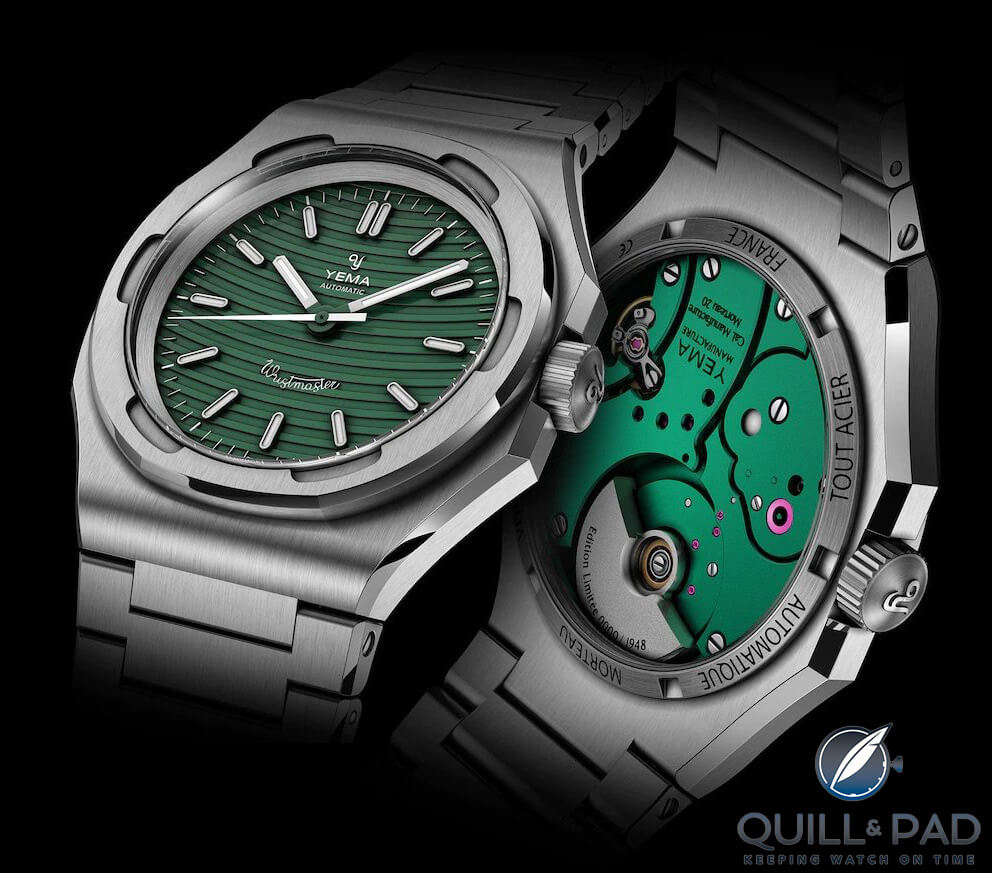
Yema Wristmaster Micro-Rotor
One of the more recent examples that stand out is Yema, which used this method as a means to produce their Wristmaster Micro-Rotor Limited Edition. They managed to raise close to €2.5 million, enabling them to create a brand new movement.
Granted, it is debatable whether Yema should be known as a microbrand or independent given its history, but it is a perfect example of how effective Kickstarter can be. Away from this, we have been in a low-interest rate environment (up to 2022) that has allowed for cheaper and wider access to funding. This is a more general comment but would have played a factor in allowing smaller brands to scale up.
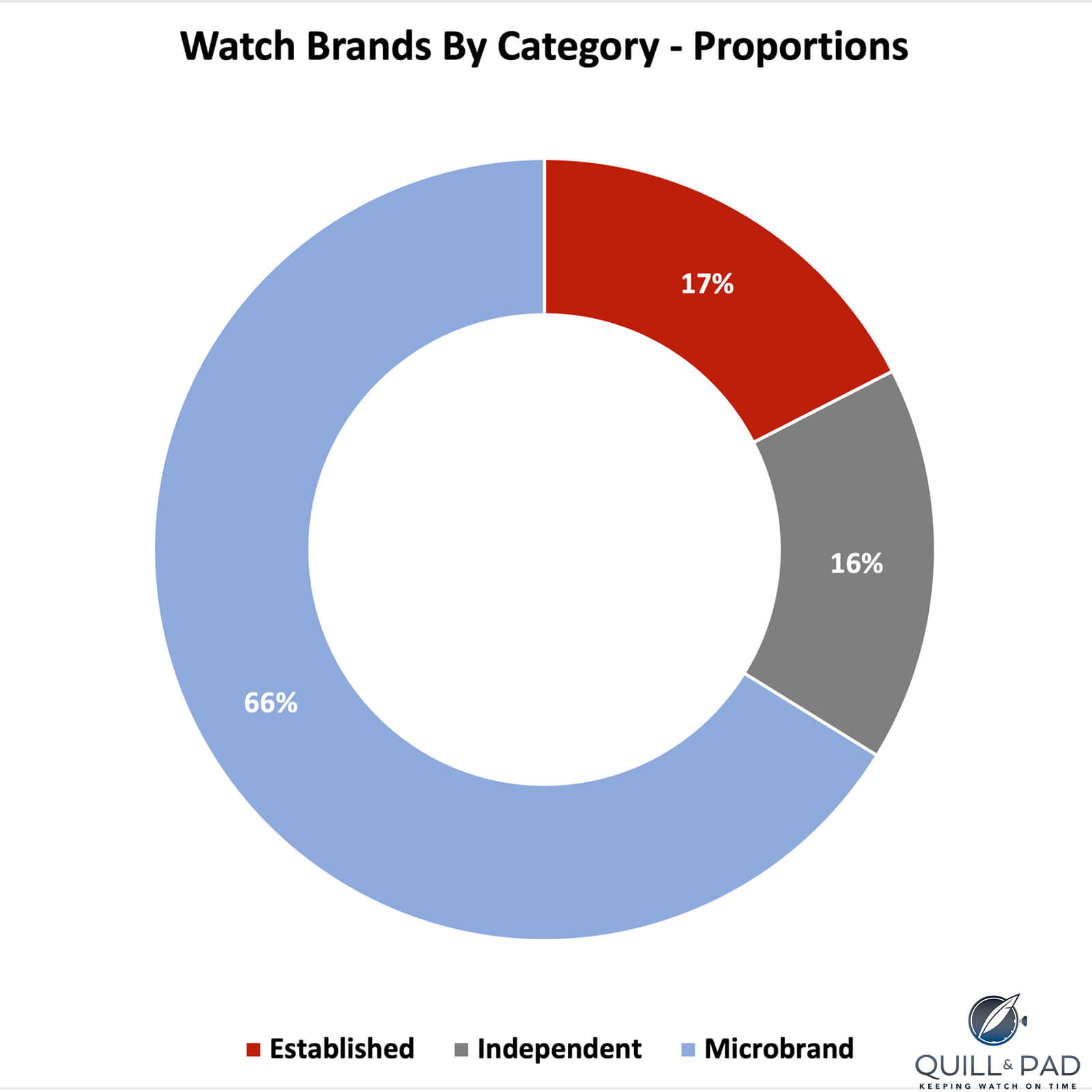
Market share of microbrands versus established brands and independent brands
The result? More watch brands than ever, with the majority being classed as microbrands. This can be seen with the corresponding pie chart, showing the breakdown of brands as microbrand, established (large household names such as Rolex and Omega) and independents. The total sample size here is 550 watch brands compiled on a Watchuseek page in June 2022.
———————————————————————————————-
———————————————————————————————-
What Do Microbrands Offer?
We know what the definition is and how they have gained a following, but what do microbrands offer that others don’t? Again, to caveat, I am using the term broadly but not all microbrands are made equal.
Firstly, and most importantly, they tend to be well-designed, and this is because the brands can be flexible. What do I mean by this? They are free to do whatever they want. Larger brands are constrained in many areas as they have to adhere to certain design parameters from popular, historic products. They have certain consumer bases looking for continuity in what they offer.
Just think of Omega and the Speedmaster – they will never change this design (thankfully!), but it does constrain them in what they can do with it. This is a great position to be in for the larger brands, but it does mean that producing a watch fits with current trends takes a lot more thinking and planning. Microbrands are not held to a single design philosophy or any expectation.
On top of this, the trends that we as watch lovers follow are slightly different to the broader audience. As seen in my previous post on watch trends (here), watches produced are found mainly in the 41-43mm size category. This is different to what we are being told in the watch media where we see more noise around smaller watches being “in”.
If you are a brand like Longines, IWC or Breitling, producing a smaller watch may get the forums and comment sections buzzing, but the reality is, the majority are still interested in these larger pieces. By being a microbrand, this is not a concern. Demand levels at an absolute level tend to be lower and knowledge of the brand, especially in the earlier stages, is more likely to be concentrated on those who follow watches closely. They can cater to the exact demand of the watch community and by doing so, produce some very in-demand watches.
Continuing this idea of design, some microbrands are pushing the boundaries. This is beyond the idea of just size or vintage-inspired pieces, but rather truly individual aesthetics.
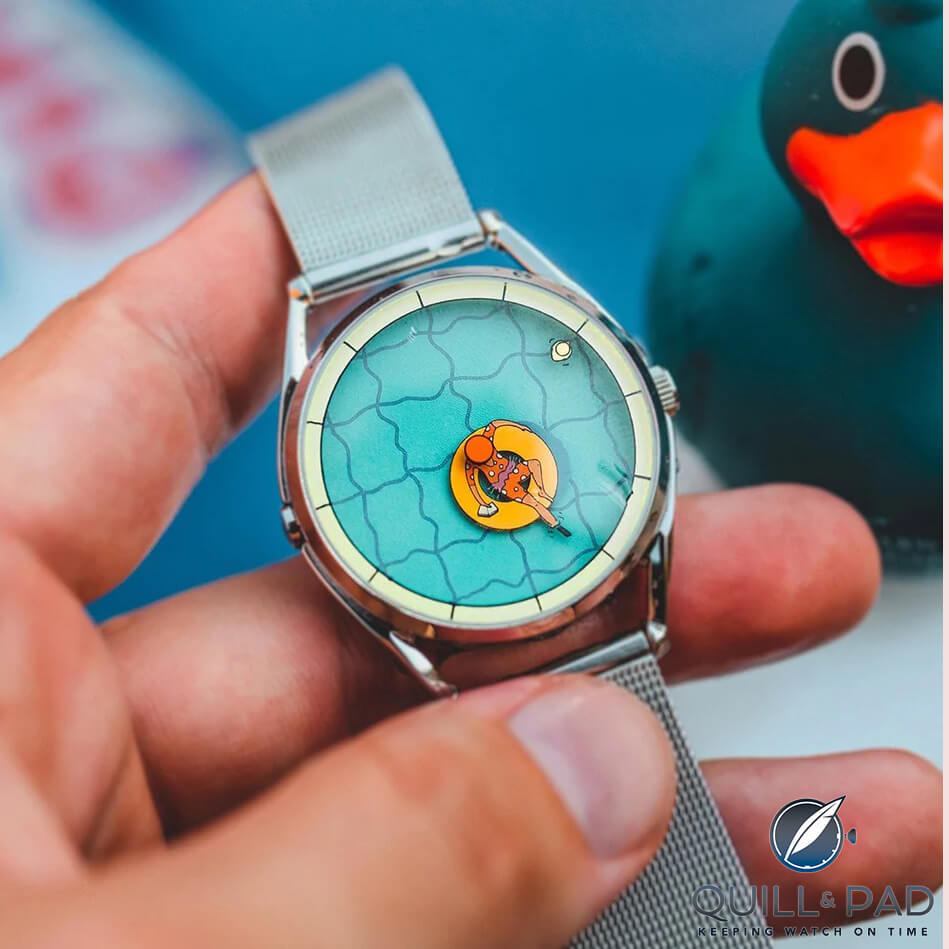
A Perfectly Useless Afternoon by Mr. Jones Watches
A few examples to illustrate this point: Mr Jones Watches. They produce watches such as “A Perfectly Useless Afternoon” in which the dial is a swimming pool and the time is indicated by a rubber duck and someone sitting on a rubber ring. They focus on artistic approaches to something as simple as telling the time and manage to do so at affordable prices.
They are not the only ones. Another example is Studio Underd0g. A brand created by an enthusiast who is a designer by trade and managed to create an individual aesthetic by combining bright colors, textures and clever details.
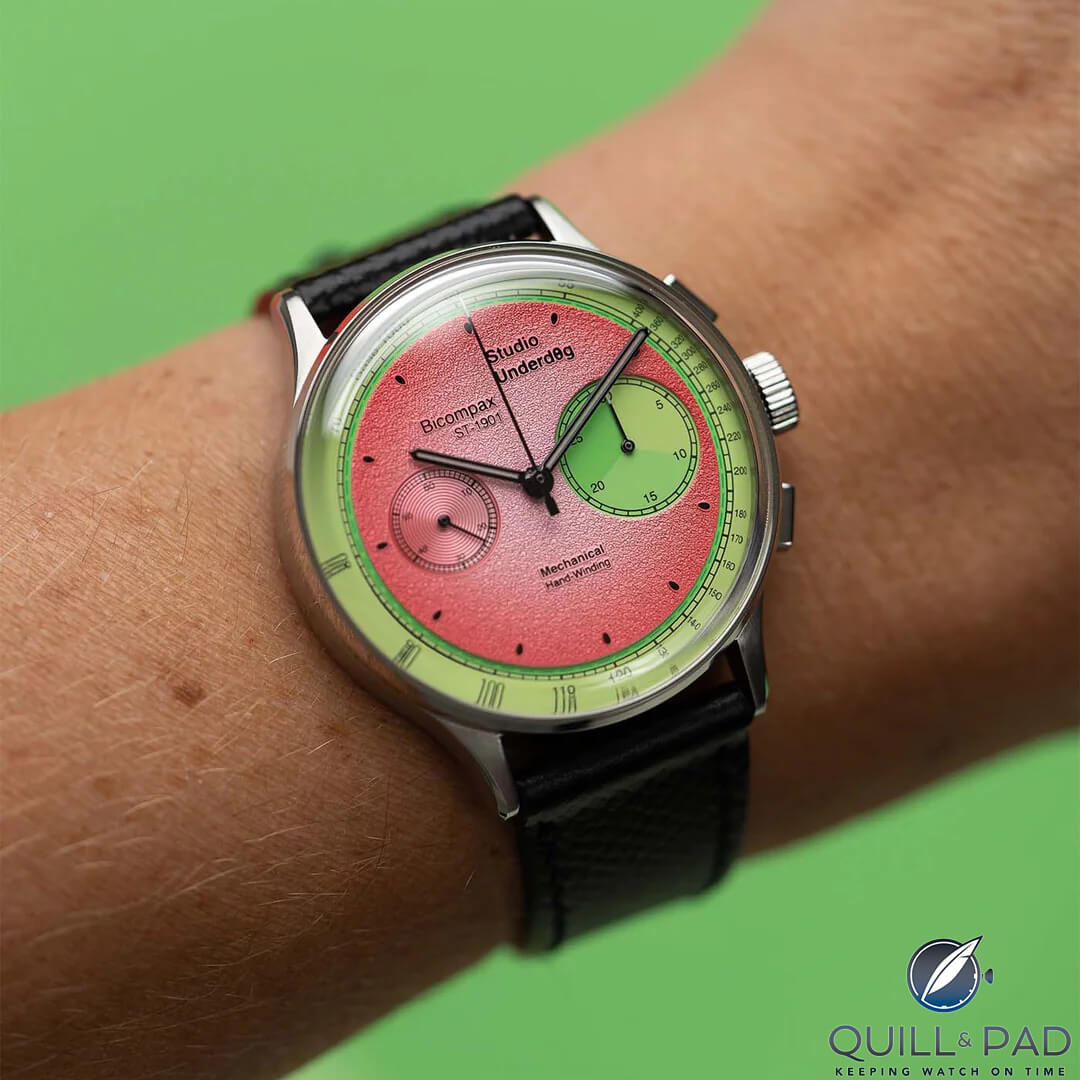
Studio Underd0g Watermelon
There is a reason the Watermelon version is constantly sold out! On the flip side to this, there are a number of these microbrands that have gone in a different direction and taken inspiration for designs from extremely famous models in history.
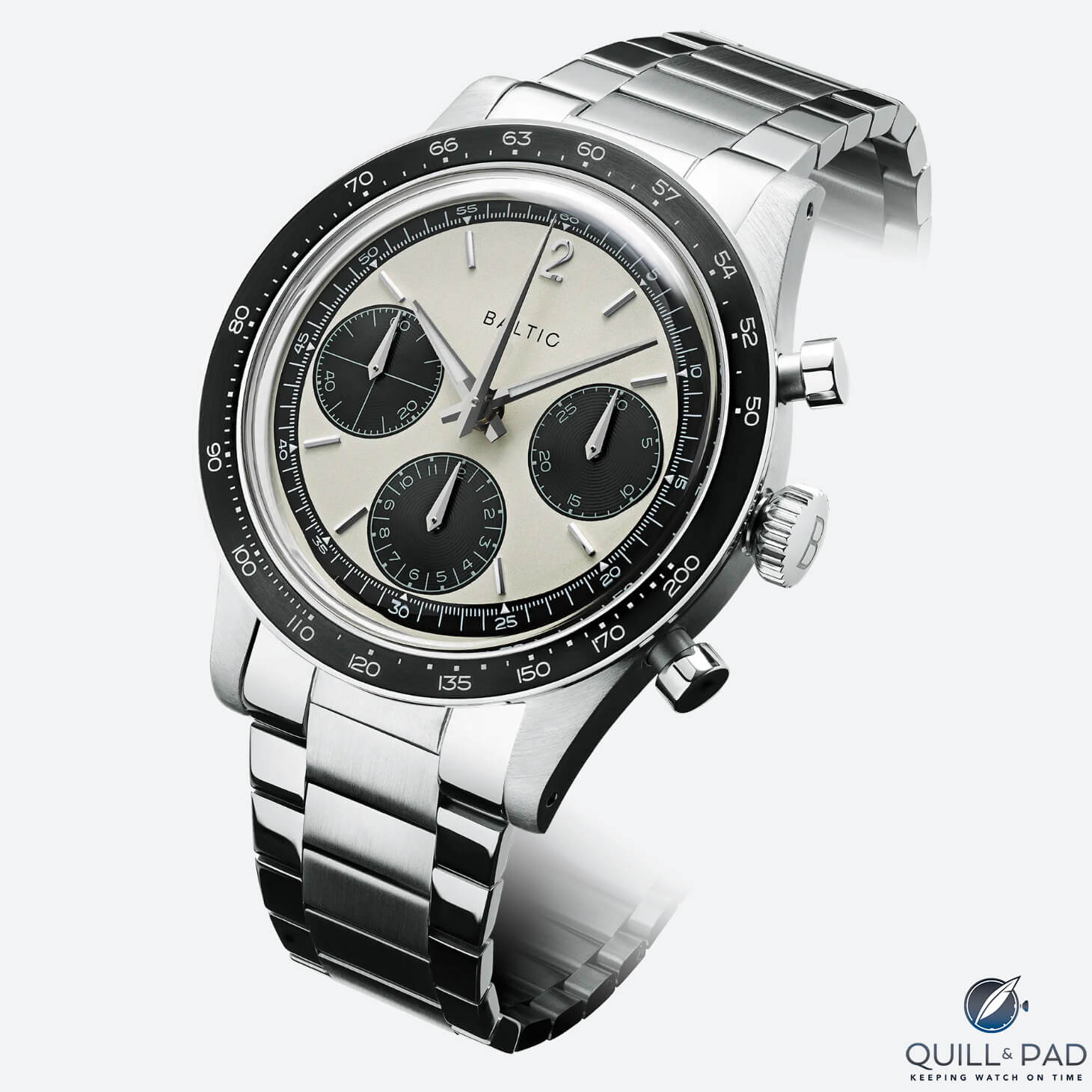
Baltic Tricompax Panda
Baltic is a name that stands out here for its recent Tricompax Panda that took its inspiration from the Rolex Daytona models of the 1970s. Whichever brand you focus on, design and the ability to offer something larger brands cannot is one of the main reasons to buy a microbrand.
Away from design, there is something to be said about the price point these names offer. The majority of microbrand watches fall into the sub £1,000 category. Why is this important? More people are interested in owning a cool watch but not everyone can afford a Rolex.
Secondly, a trend that is extremely noticeable if you have had your eye on watches for some time, established brands are raising prices faster than ever.
You see the likes of Oris now charging close to £3,000 for their Pointer Date with an in-house movement and Omega has taken the Speedmaster Moonwatch from roughly £4,500 to close to £7,000 in the space of 2-3 years! There is a great demand to own watches and established names are moving higher. Microbrands are filling the gap.
There is also another train of thought here. Given the broad range of designs and homage watches available for more affordable prices, it allows collectors to either try a particular design to see whether it fits their life before purchasing similar from an established name or fill the gaps of particular styles in their collection without having to break the bank.
———————————————————————————————-
———————————————————————————————-
The Drawbacks of Microbrands
While there are many positives of microbrands and purchasing from them, there are some drawbacks. The most obvious drawback is longevity and quality on offer. Watches tend to be purchased for a special occasion with the intention of it lasting a long time. When buying from a microbrand, especially one that is yet to be fully established, you do not know whether that brand will be around in the future.
You are also unable to truly understand the quality that is on offer as press shots can look very different from the final product. As they are outsourcing the parts, some can either be great and above expectations or just not that good.
Finishing, dial details or bracelets could all be lackluster whether it is the first impression made out of the box or how well the watch holds up against wear and tear. If you are spending close to £1,000 and choosing to go against options from Hamilton, Tissot, and Nomos, this could end up as disappointing.
Notice though how I say could. This is certainly not always the case for microbrands. Many can offer quality that matches the larger brands as they can take time to focus on the details that matter.
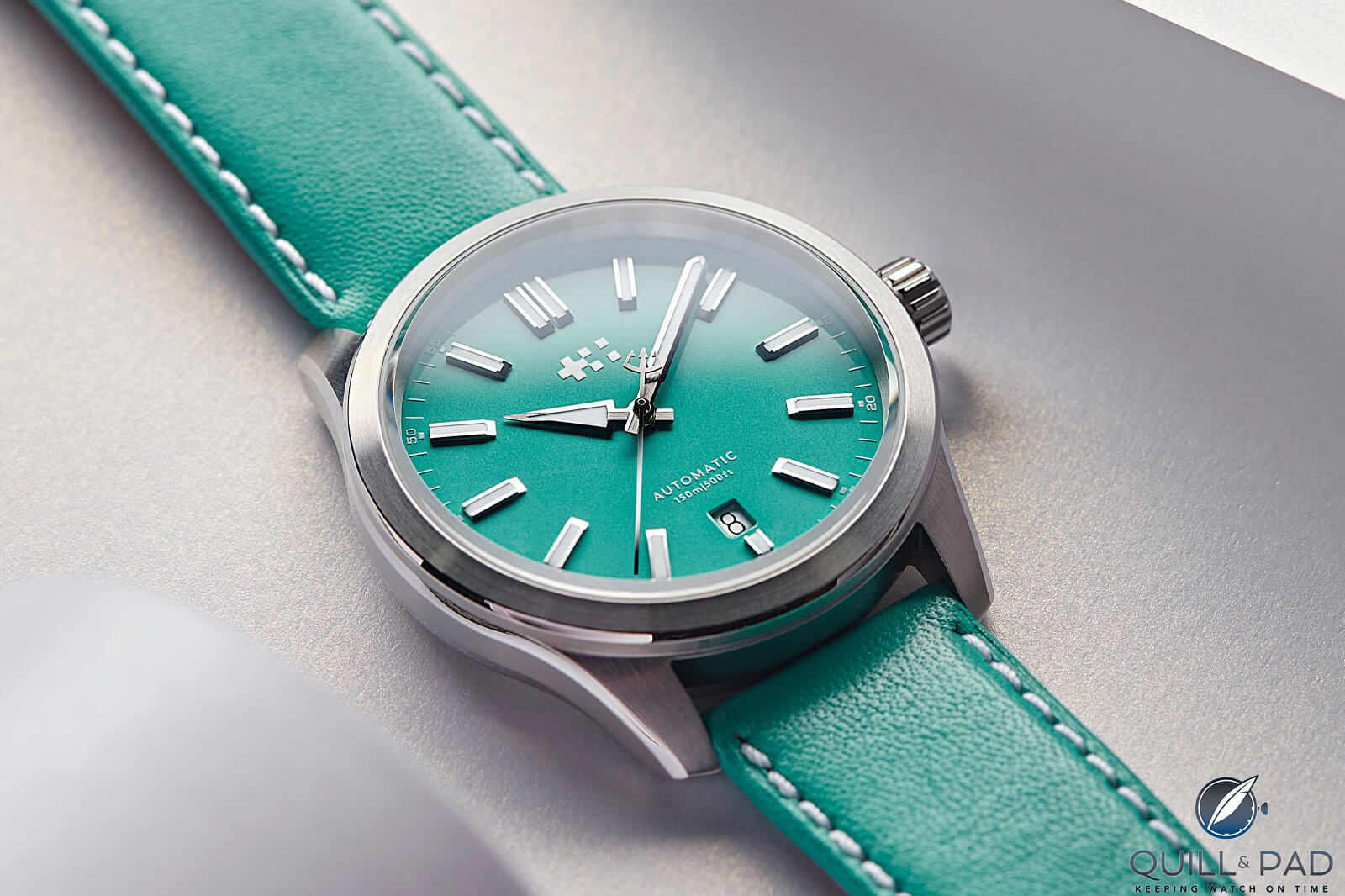
Christopher Ward C63 Sealander
I think of Christopher Ward here who has a case known as the Light-catcher – no prizes for guessing what that means! They focus their energy on knowing what watch enthusiasts will want from a watch, and that is to look great and keep you captivated when looking at it, so they developed a case that would do just this. The next drawback of owning a microbrand comes from prestige and brand reputation.
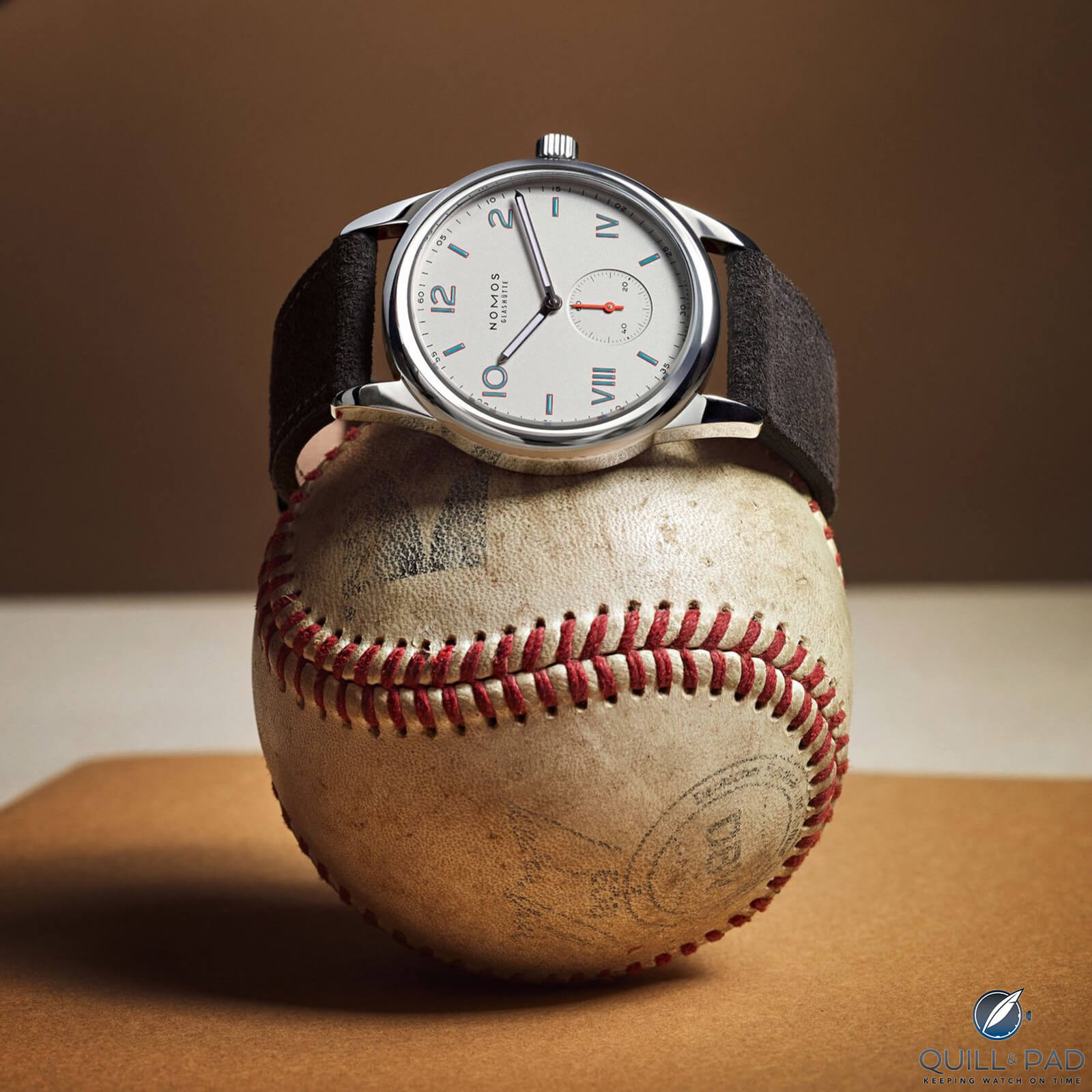
Nomos Club Campus
Starting with the obvious. If you are looking to purchase your first watch, chances are that by spending close to four figures or more the allure of names like Nomos and TAG Heuer can be great. You are buying into a name that has come to represent luxury and there is a large physiological factor at play here. You would own a recognizable watch which, even if people hate to admit it, does hold some importance.
Now the less obvious approach. Brand reputation is not just having a recognizable product to the broadest set of society, but it is about trust. By buying a product from these established brands, you can trust the underlying product as they have stood the test of time. There is some comfort in making a large purchase when you know what you are getting.
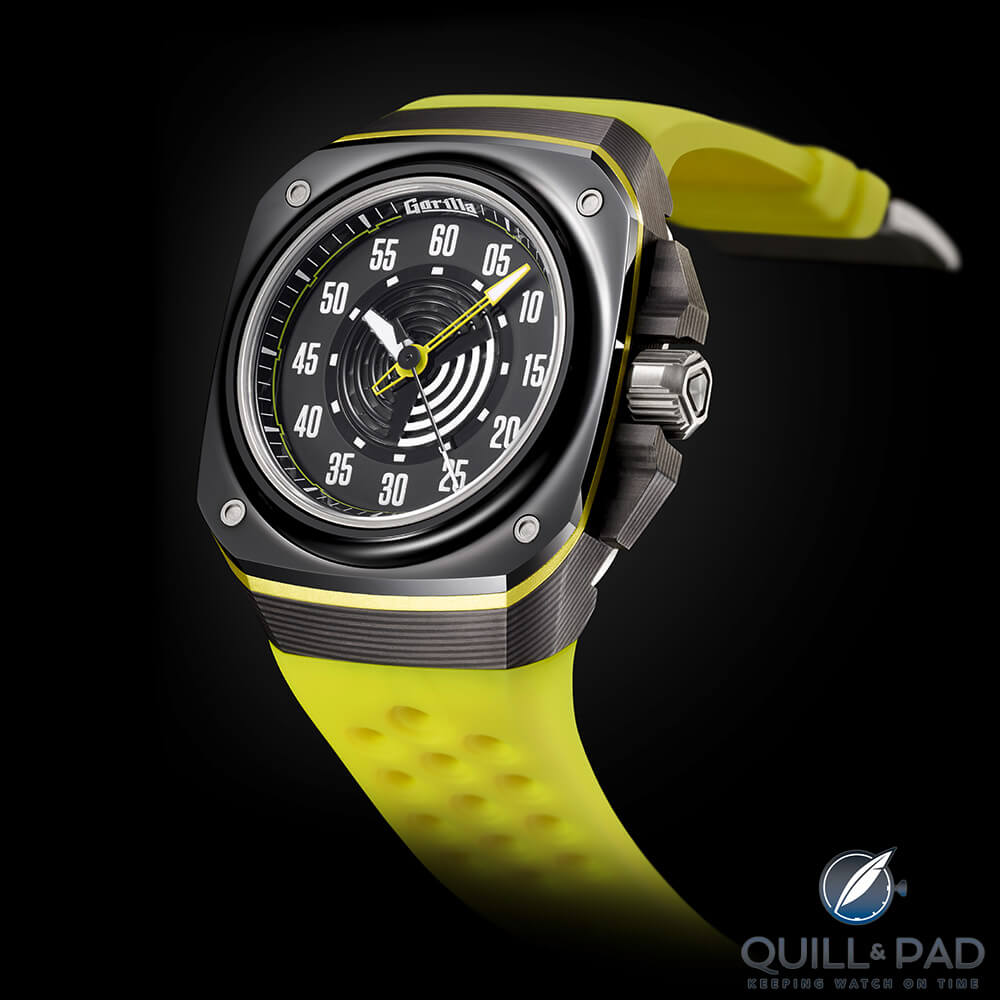
Gorilla Fastback Phantom Black
However, while wanting to own a recognizable product might be for the majority, there are those who prefer to have something more “exclusive”. Microbrands can offer this as there is a high probability you won’t come across someone wearing the same watch as you. Exclusivity is also a physiological element, albeit opposite to what was mentioned above.
This is why you see those with large collections move away from brands such as Rolex and towards independent brands like F. P. Journe. There are some drawbacks to buying from a microbrand, although they are nothing that cannot be overcome with some due diligence into where you are buying from. By labeling them here, the aim is to highlight the considerations that should be taken when deciding to back that next Kickstarter project!
———————————————————————————————
———————————————————————————————-
When Do Microbrands Become Independent brands?
As mentioned at the beginning, there is some debate around whether “microbrand” has positive or negative connotations. On the other hand, being known as an “independent watchmaker” is only a positive. Independent gives the impression of a watch being a low-production and exclusive piece. Do microbrands ever cross over into this category? The answer is not clear.
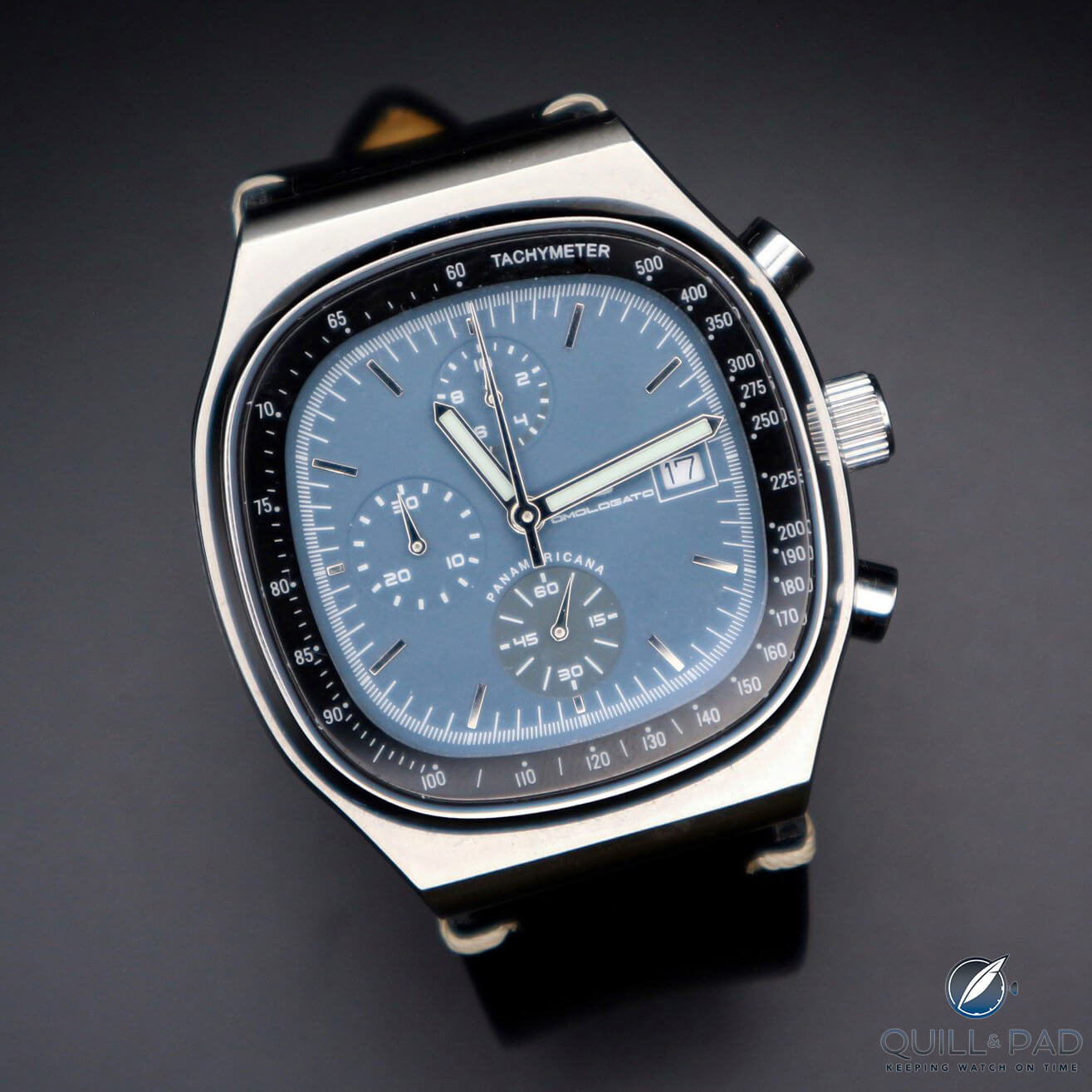
Omologato Panamericana
We have a definition of what constitutes an independent watchmaker and the elephant in the room is the ability of these brands to make everything in-house. However, some brands have managed to drop the “micro” part with the best example being Christopher Ward. The brand started in 2004 and offers British design and Swiss manufacturing.
How did it achieve this? In my opinion, it comes down to the idea of longevity and quality – they have been around for an extended period and there is a sense of trust they have built into their brand name. Their reputation has taken away the “micro” part. I believe they are now taking the steps to progress into the independent category with their Bel Canto model. It has a chiming complication, usually found only in the highest levels of horology, for less than $4,000. This is not to say that they are transitioning by offering more expensive pieces, but rather the individuality of the movement.
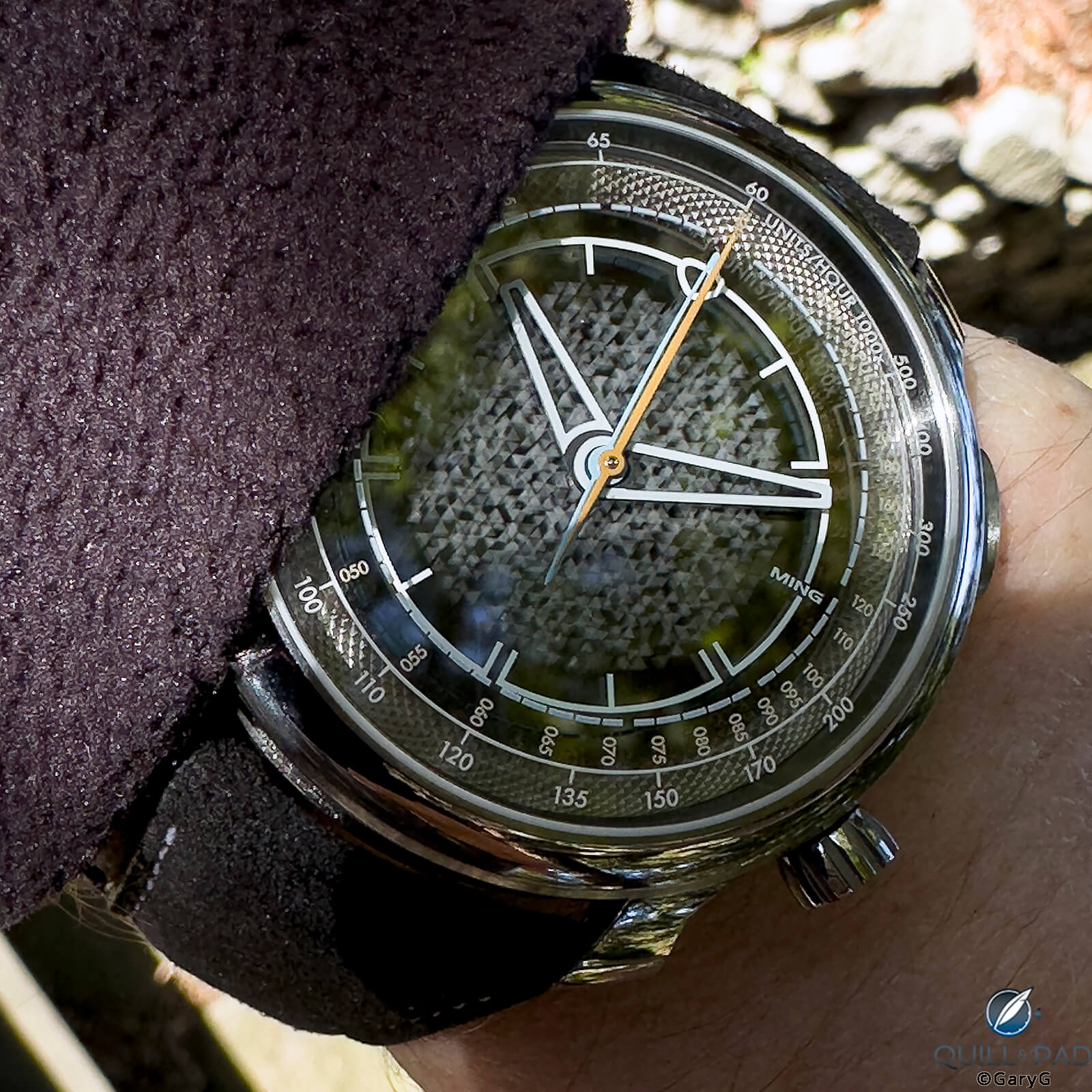
On the wrist: Ming Model 20.01 Series 2
The one brand that comes to mind when thinking of a microbrand fully transitioning to be known as an independent is Ming. They are unapologetic about using sourced parts for their watches, yet they manage to produce watches that have been recognized at the Grand Prix d’Horlogerie de Genève. Ming even had one model – 17.06 Copper – winning the 2019 Horological Revelation prize.
So where is the line for these transitions? I believe brand reputation and trust is an area that removes the “micro” aspect but going up into the independent category is harder. Even if watches are not fully in-house, it seems to come from innovation, and this is more likely to come in movements.
Conclusion
Independent watchmakers are nothing new, however, the rise of microbrands is changing the landscape of the industry. We have more options available to use than ever, and the best part is, a lot of these microbrands are run by watch enthusiasts. These brands are nimbler with their designs, offering consumers what they want when it comes to current fashions. They are also filling the lower price point gap that more established brands are leaving as they raise prices.
There are definite advantages to buying from one of these microbrands, although there are some drawbacks to be aware of – namely longevity, quality, and brand reputation. Despite this, taking time to consider the product you are looking to purchase can alleviate this, leaving you with a very well-designed, unique watch.
The watch world is better off thanks to these brands and I am excited to see what the next big microbrand will be!
You can read more articles by Raman Kalra at www.thewatchmuse.com.
You might also enjoy:
Gorilla Fastback GT Mirage, Bandit, And Drift: Racing Forward
Behind The Lens: MING 20.01 Series 2 AgenGraphe Chronograph
Ming 37.05 Moonphase: Form Over Function Has Rarely Looked Better
Leave a Reply
Want to join the discussion?Feel free to contribute!

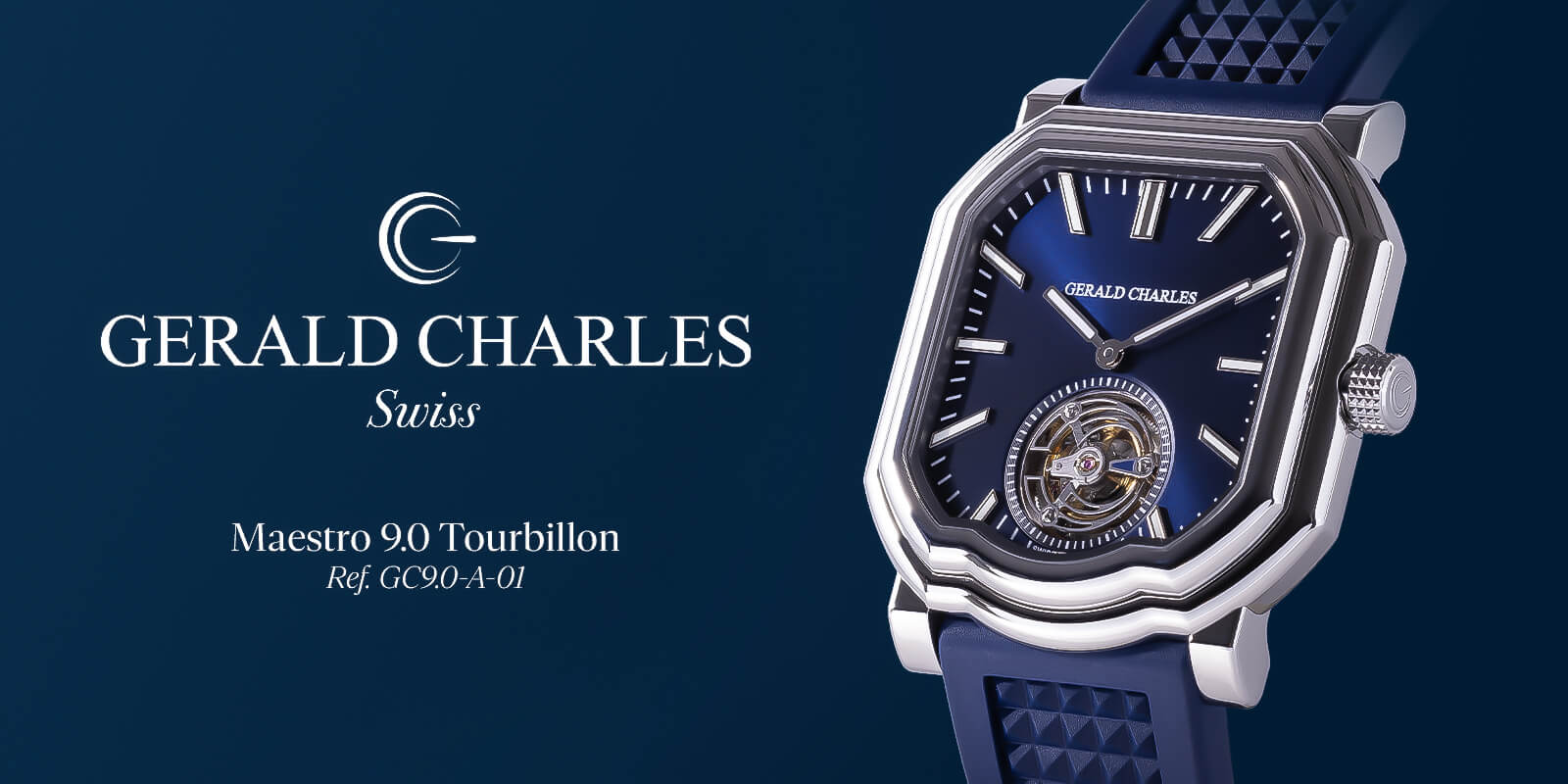
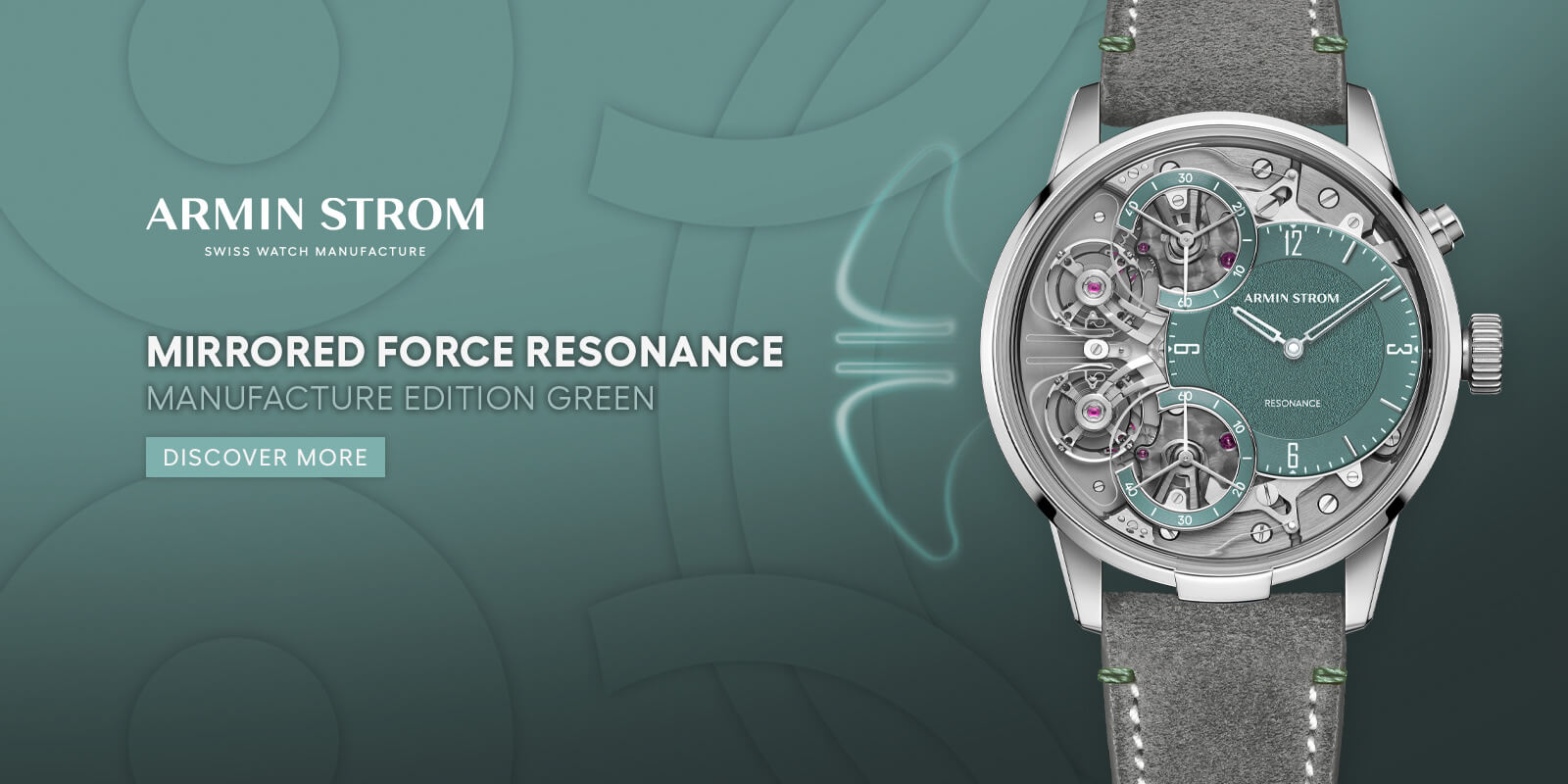
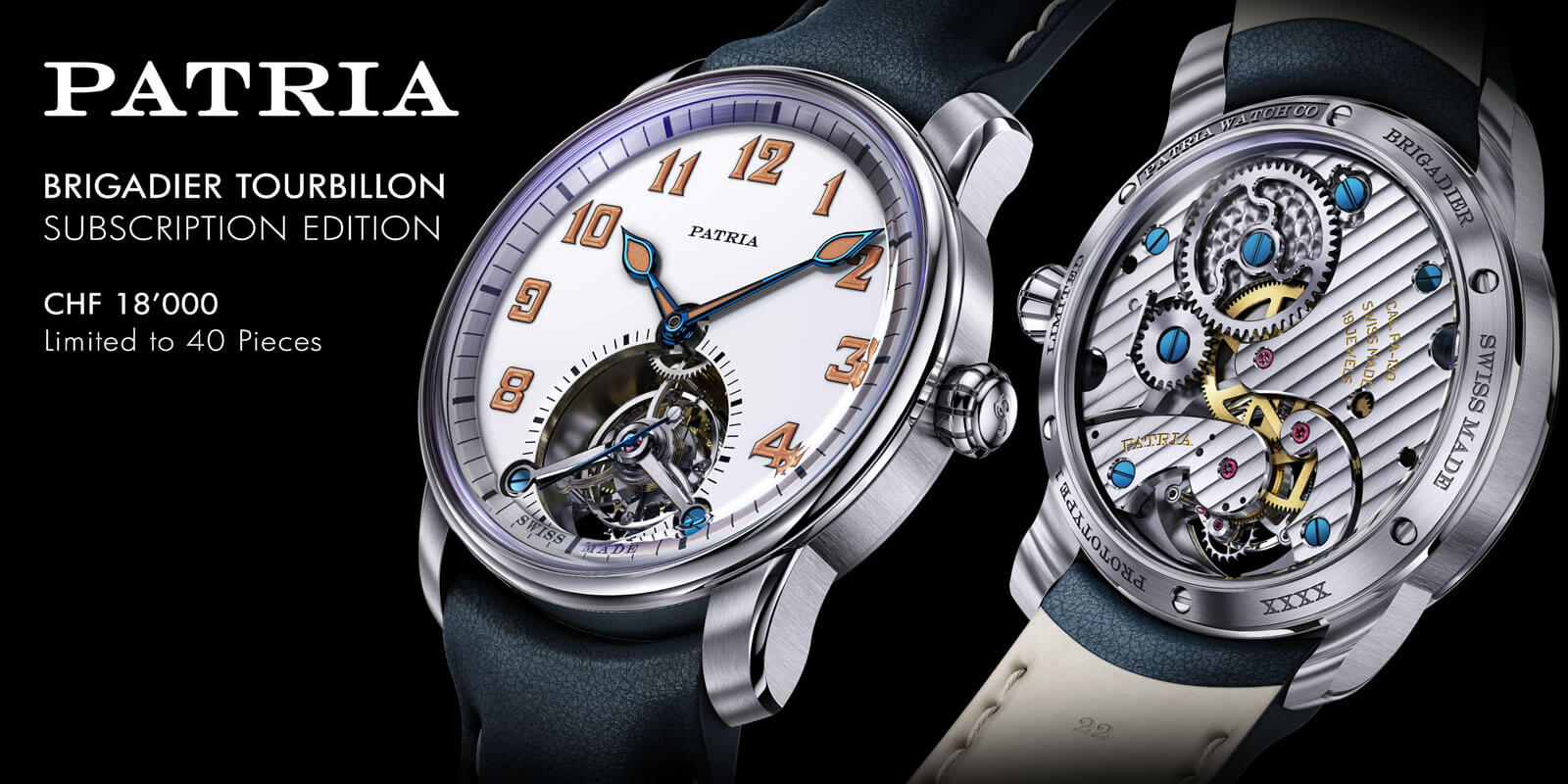


While this article had some interesting content, I find definitional discussions as semantic at best and creating artificial lines at worst. That becomes arbitrary (at least on the edges) and unnecessarily pendantic.
AI generated comment?
Wtf 😒
Hi Michael – as mentioned there is no formal definition of either microbrand or independent. By trying to put one together and talking about the different aspects, the aim was to create a discussion. There is a lot out there that lists just spec facts about different watches, and I want to do something different! Thanks